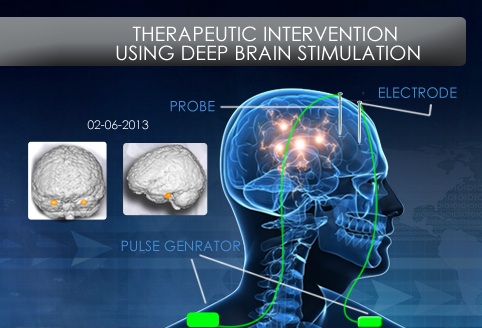Check out other stories from the Latest News
Deep Brain Stimulation Improves Autism Symptoms
By Chelsea E. Toledo, M.A. on February 7, 2013

Background: Studies have shown that individuals with Autism Spectrum Disorder (ASD) have up to a 20 percent chance of injuring themselves. In the 1960s and 1970s, interventions were shown to improve epilepsy-related aggression when doctors targeted the amygdala, a brain region associated with emotional learning.
What’s New: In the January 21, 2013, issue of the journal Frontiers in Human Neuroscience, researchers published a study exploring the hypothesis that stimulating the amygdala would alleviate self-injurious behavior (SIB) related to ASD. They surgically implanted electrodes in the amygdala of a 13-year-old boy suffering from Kanner’s autism, also referred to as early infantile autism, and severe SIB. When the electrodes placed in the amygdala’s basolateral section were stimulated, the boy made significant strides in overcoming SIB as well as the emotional, social, and cognitive deficits related to autism.
Why it’s important: This study, the first to demonstrate such results in a patient, suggests that the amygdala—especially its basolateral section—is important for understanding behaviors related to ASD, and could provide a potential target in its treatment.
Help me understand :
| Source(s) : |
| Tweet |

